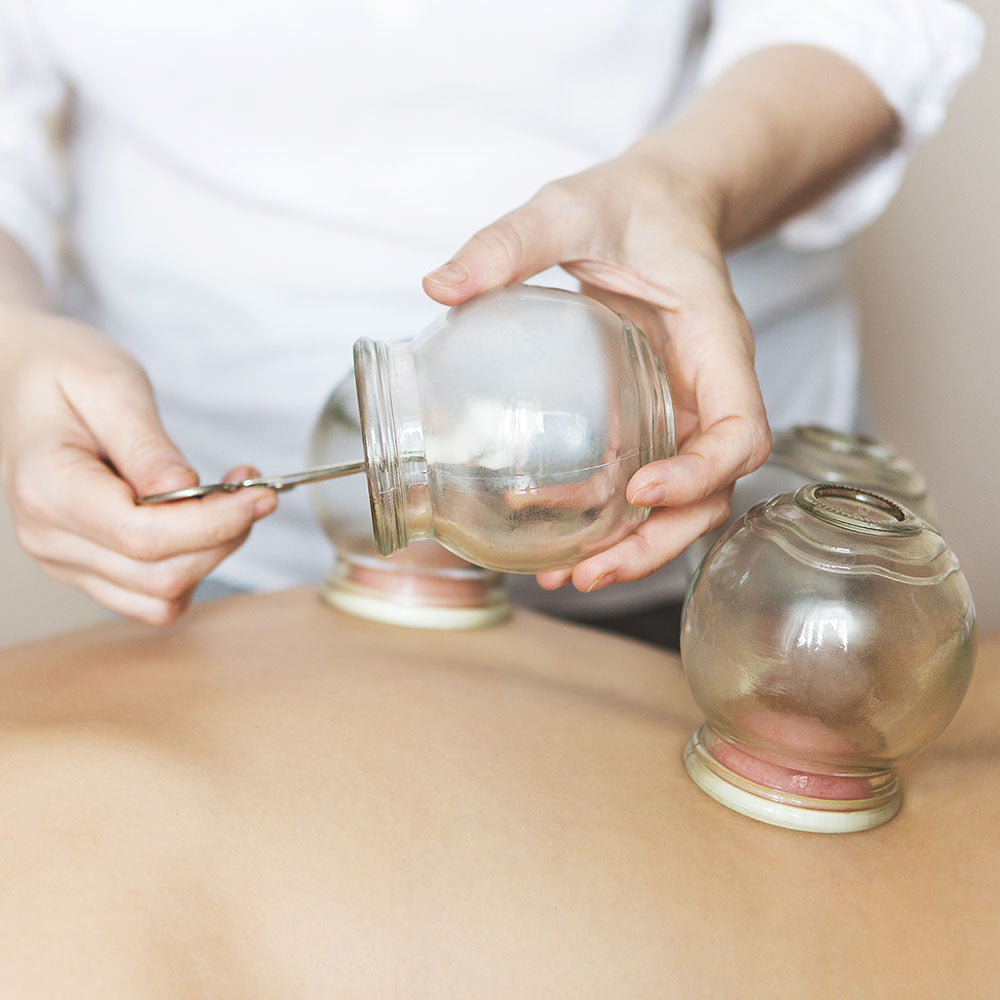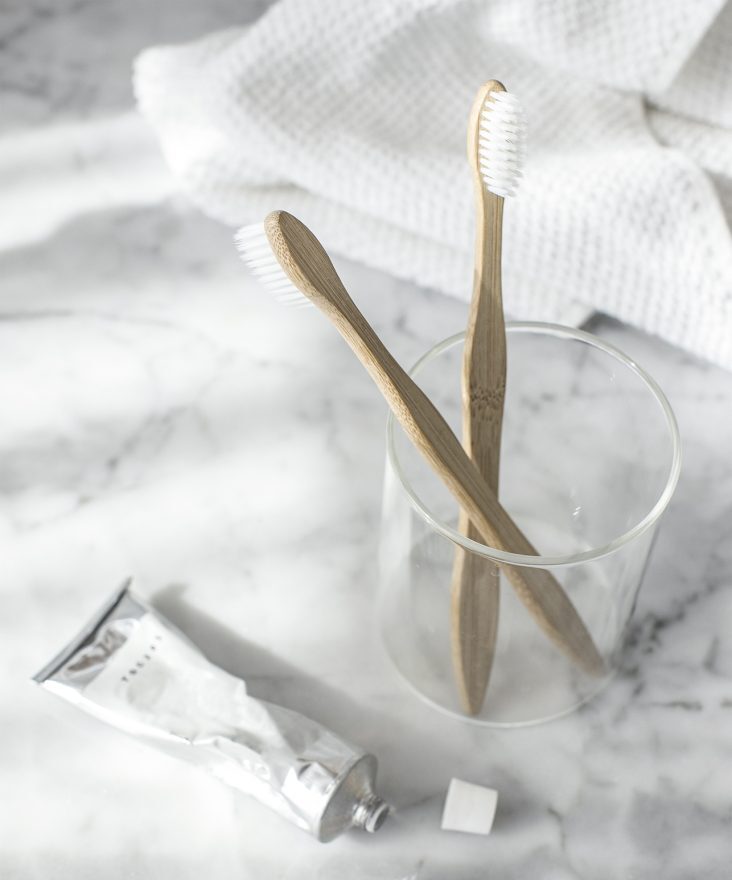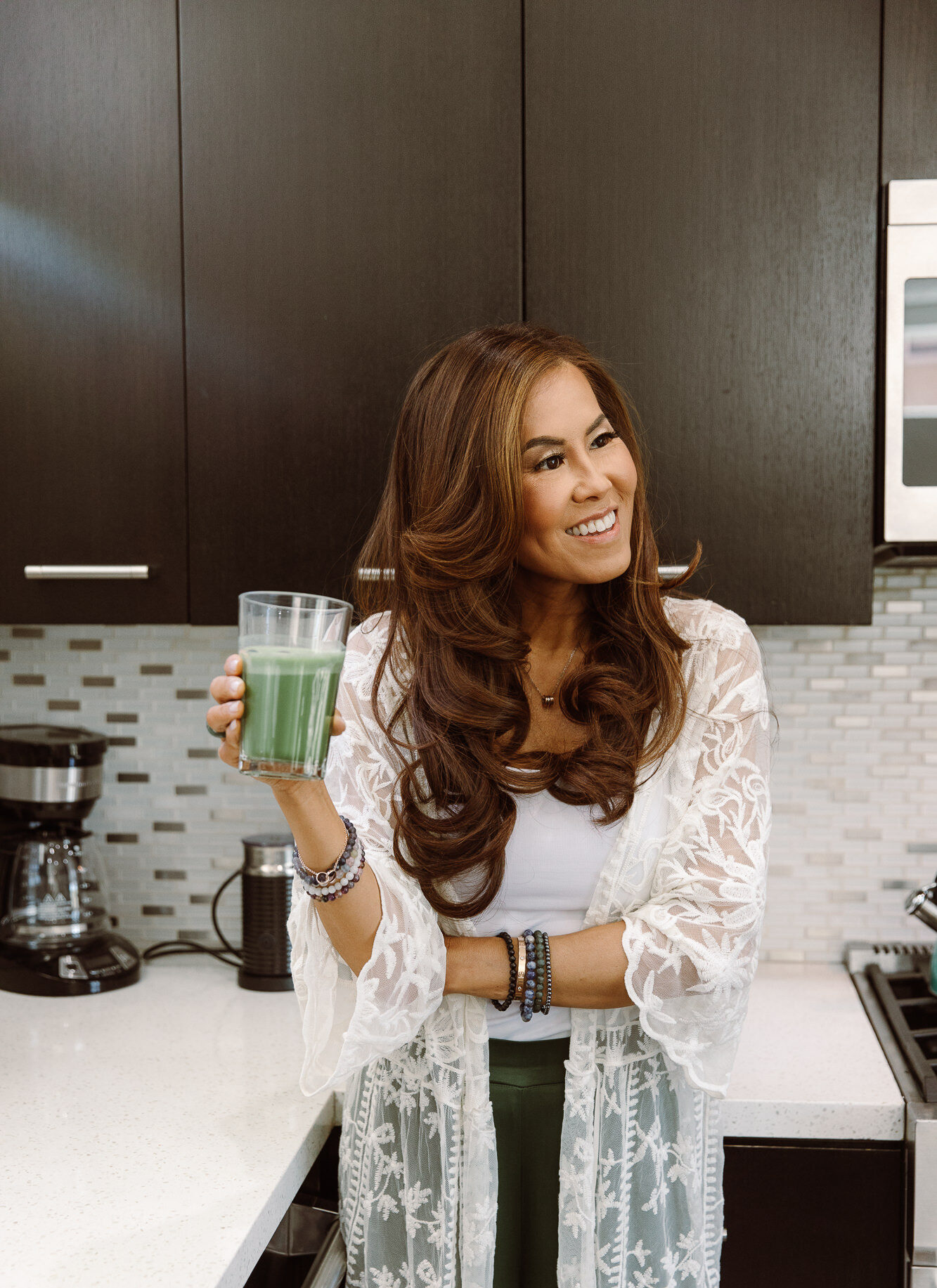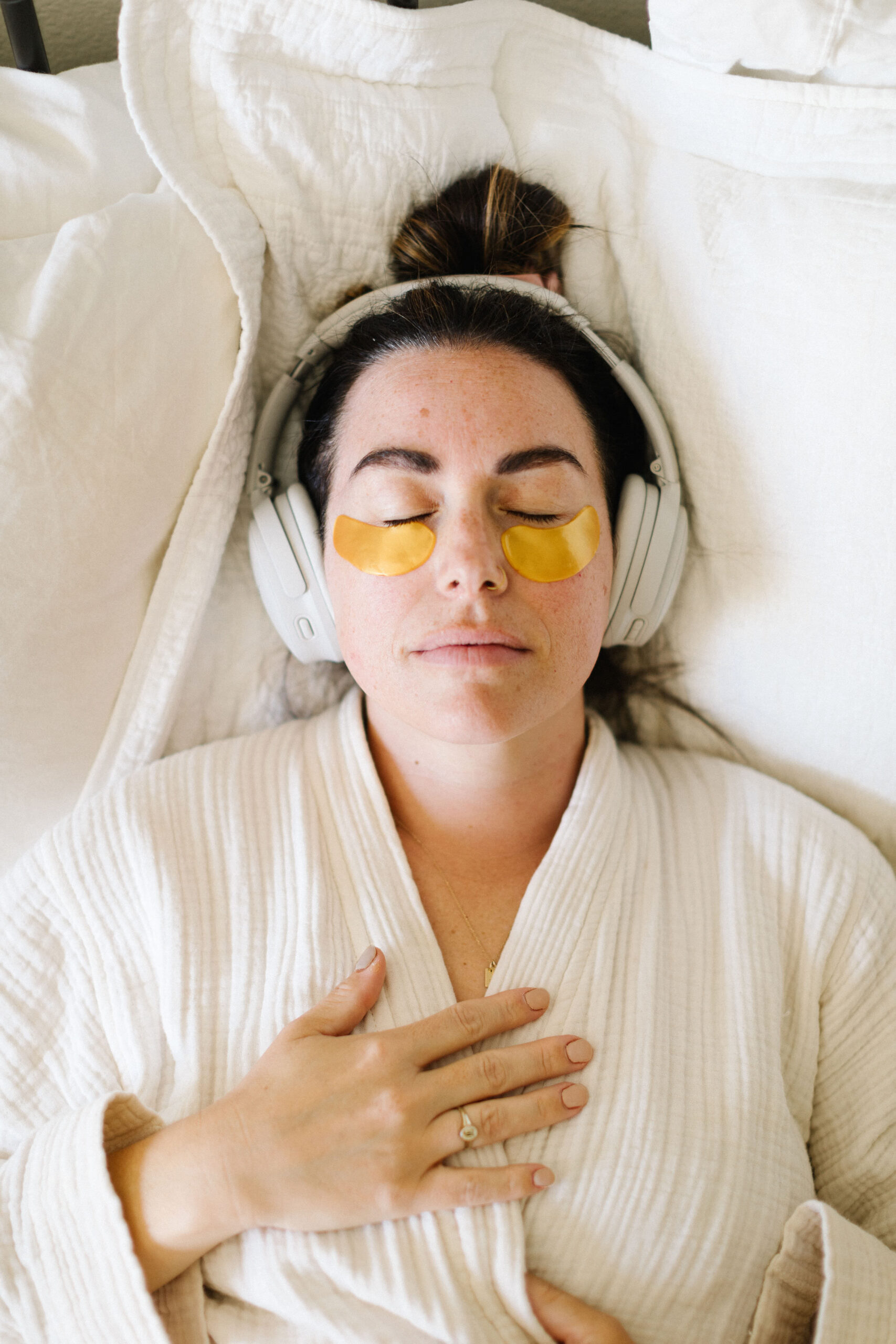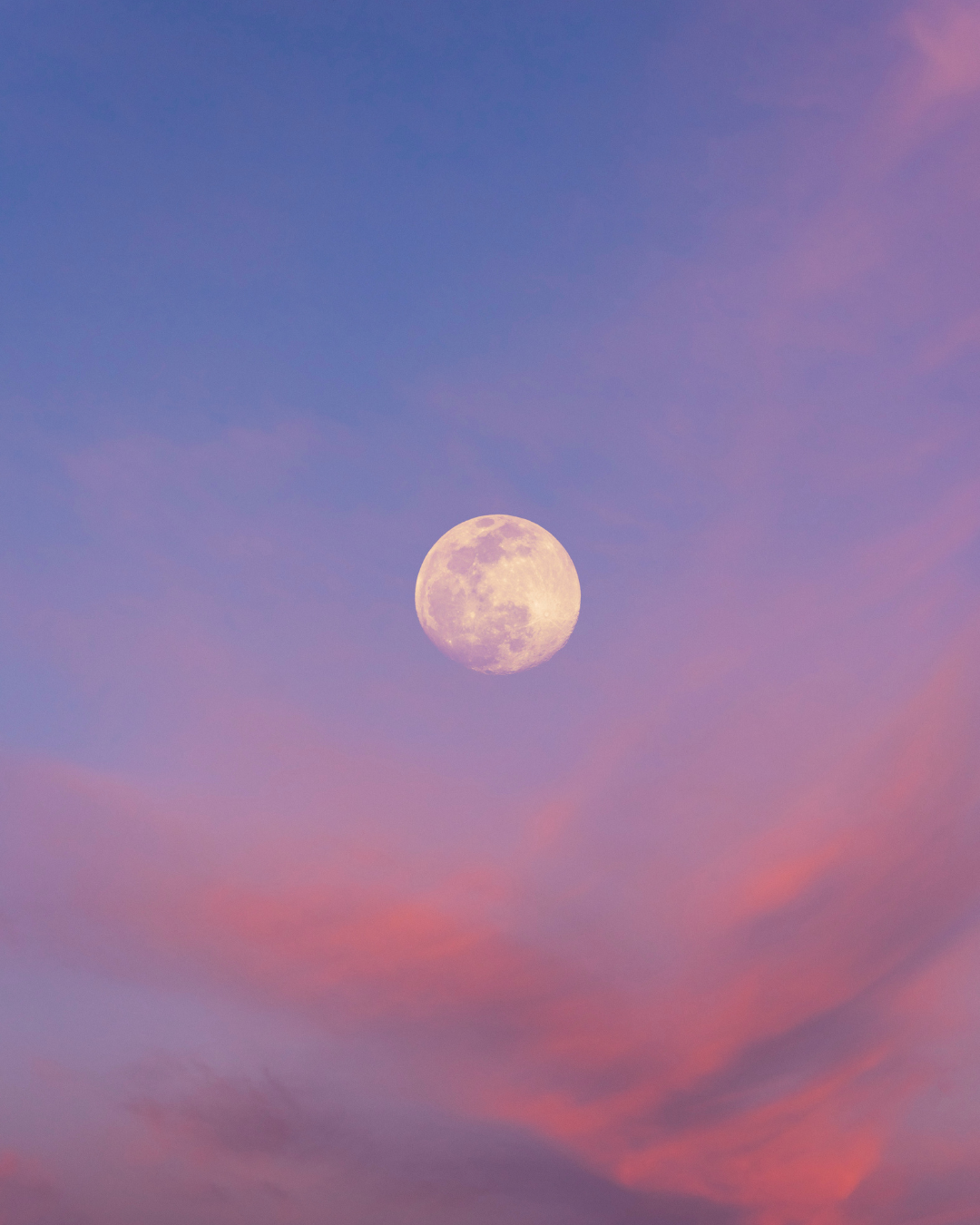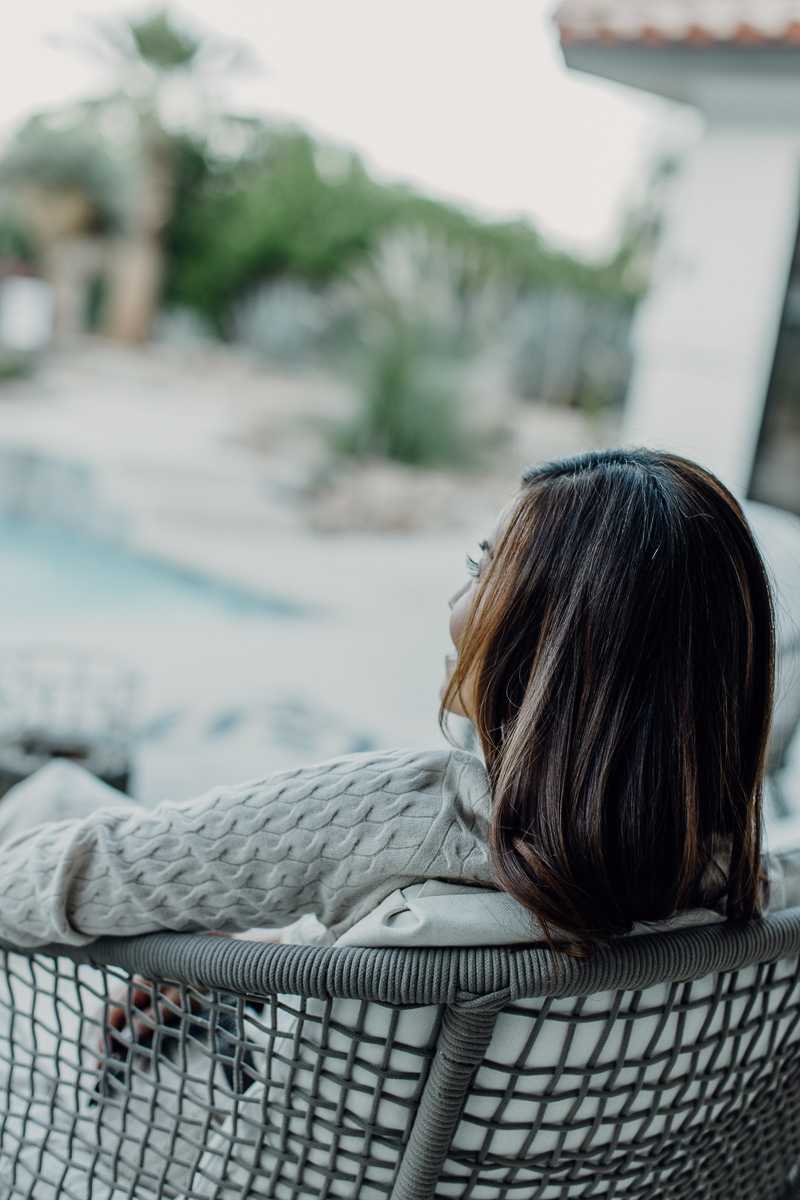The use of cupping has grown in popularity in recent times, but are you still wondering what it’s all about? Are you thinking about using it in your own health and wellness regime? Then look no further, as I delve into some of the key aspects of this ancient practice.
Cupping therapy has been practised in China for as many as 3000 years (that’s since 1500BC!) and its use has been recorded in over sixty countries around the world over this time. The “cups” refer to small pots that are about one to three inches in diameter. Previously, these were made from bamboo, bronze, or even terracotta, but more modern materials have taken precedence, so commonly practitioners are using glass or even plastic.
These cups are placed, rim side to the skin, either individually or in groups across a larger area. Negative pressure inside the cup is created by various methods in order to draw the skin up into the vacuum of the cup, giving a stretching sensation. There are generally three methods that are used to form the negative pressure:
Dry
In dry cupping, the cup is heated either with a flame or in a hot water bath with scented oils. It is quickly removed and placed onto the skin, and as the air inside it cools, it contracts, drawing the skin up inside. More recently, a mechanical suction pump has been used to create the same effect.
Wet
Also known as Hijama, from the Arabic word for ‘sucking’ or ‘medicinal bleeding’. The key difference here is that the aim is to draw blood through an incision in the skin. This can either be made before or after the cupping takes place, and is a means of drawing out impurities and toxins from within the bloodstream and skin. Its first recorded use was within the Middle Eastern scriptures, and so it remains popular in Islamic society. Outside of this, the Finnish have used wet cupping in their saunas since the 15th century, but it is now used more as a relaxation technique than for medical benefit.
Fire
Arguably the most spectacular of all the types of cupping, fire cupping also comes with the highest risk. This method involves igniting a paraffin-soaked ball of cotton wool, and then, using forceps, placing it momentarily inside the cup whilst almost simultaneously securing the cup onto the skin. This creates the biggest cooling gradient and therefore the greatest suction.
Any of the three methods commonly utilise massage oils to lubricate the skin, which allows the cups to glide unassisted across a particular muscle group or problem area. In Chinese herbal medicine, in which cupping is performed to dispel the stagnation of blood and lymphatic fluid and so help with the flow of the vital life force, qi, the technique uses the five ‘meridian’ lines across the back, with the cups frequently being allowed to move through these channels.
In 2015, a report in the Journal of Traditional and Complementary Medicine suggested cupping could help with herpes zoster, acne, and chronic pain conditions. This is supported by a joint Australian and Chinese review article from 2012 that concluded that cupping may be effective in the management of these conditions, as well as facial paralysis and spinal conditions, when used alongside acupuncture and oral treatments. However, these benefits do not come without risk, and cupping has sometimes resulted in injuries including burns, scalds and dense bruises that take many days to resolve. Some people struggle with the deep-tissue nature of cupping, suggesting it might not be suitable for those with low pain thresholds. It is always best to research your practitioner thoroughly to make sure you are in safe hands.
Regardless of its traditional Chinese therapeutic uses, cupping is a great deep tissue-style massage, and has been used increasingly by elite athletes as part of their recovery program and to relieve muscle spasms or problem tight areas. It’s not for everyone because of the strength of the vacuum created and the small risk of tissue damage involved, but it has been found by many to be useful for musculoskeletal and dermatological conditions. Have a chat with your local provider and see if it might benefit you.
XO – Serena
by
